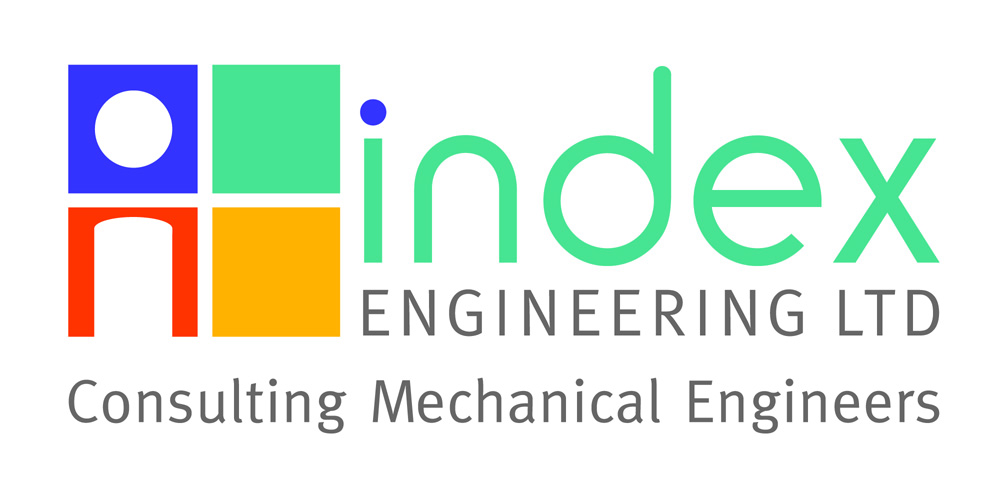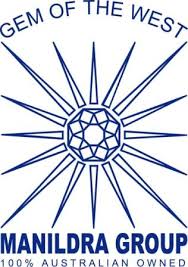Optimize Paper Machine Wet-End Operations with ABB’s Multivariable Control
Ramesh Santini
Global Product Manager, ABB Pte Ltd Singapore
Keywords: Multivariable control, Wet-End Control, Opimization
The wet-end of a paper machine is a highly complex system and includes a plethora of highly interacting physical and chemical processes. These processes can be affected by disturbances such as change in pulp properties, chemical additives, machine speed and product grade changes. Because of the nature and dynamics of the wet-end, even the smallest disturbance can destabilize the process and cause significant machine downtime. Moreover, poor wet end stability can have a significant effect on paper quality and lead to a substantial increase in the product rejects
The foundation to achieving wet-end stability is maintaining grade specific retention targets. The desired retention is achieved through the optimal addition of chemicals such as retention aids, polymers as well as fillers with clay content. A high retention level is not always preferred due to the associated chemical costs and sometimes has a detrimental effect on the paper quality itself. It is also desirable to maintain a constant ash content and limit its variability as this significantly improves the machine runnability.
Through the application of ABB’s Wet End Control, a multivariable predictive control solution that utilizes dynamic process models, a Paper Mill in Indonesia, has seen significant improvements in the paper machine stability and lower product variability. Moreover, the simultaneous control of the retention and paper ash while optimizing the chemical and filler dosages has helped the mill to minimize raw material, chemical costs, and broke usage, ultimately reducing the environmental impact and leading to lower steam consumption and increased energy savings.

Ramesh Satini works at ABB Pte Ltd, Singapore, as Global Product Manager for Pulp and Paper control system solutions. He is responsible for the development and product management activities for Advanced Process Control solutions for Pulp and Paper. Ramesh holds an MBA degree with specialization in Marketing from SP Jain School of Global Management, Singapore and a bachelor’s degree in electronics and communication engineering. Ramesh brings over 24 years of pulp and paper industry experience across multiple disciplines including QCS, DCS Applications, Advanced Process Control and Optimization, R&D operations management for P&P Technology center in Singapore.



































